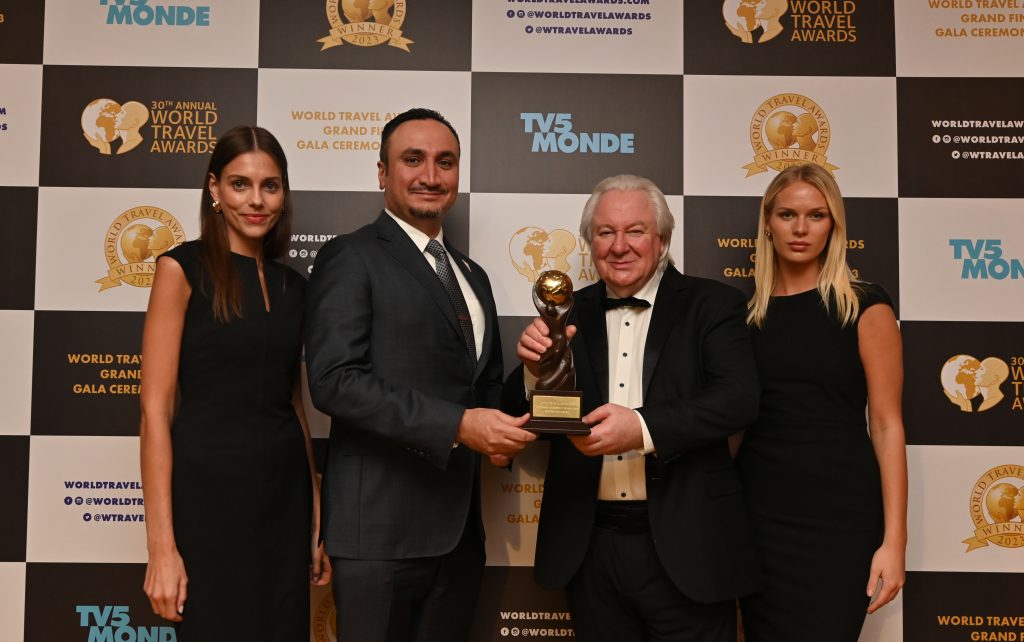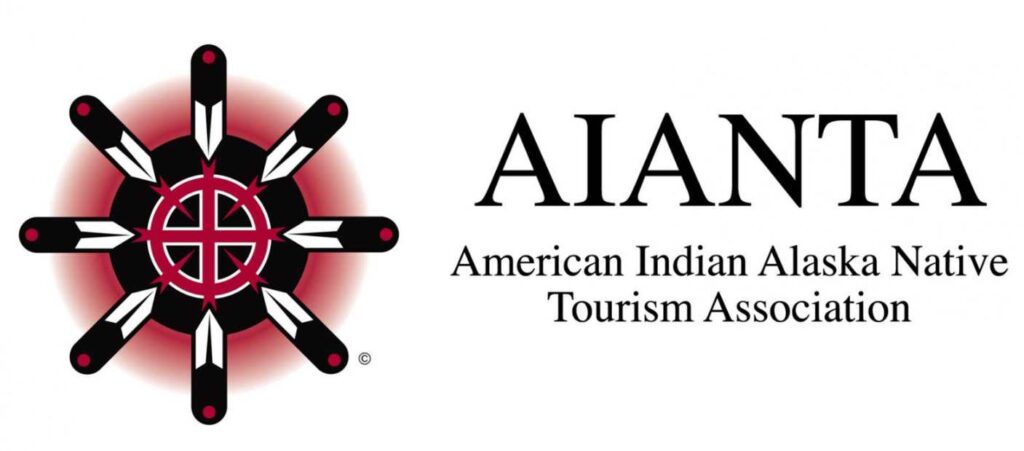2016 was a good year for Russian domestic tourism. The total number of guests in mass accommodation reached 54.3 M, while growth was particularly impressive in leisure tourism accounting for 47.7% of all hotel stays, an increase of 10% and 25.8% respectively from the year before, according to Marina Smirnova, Partner and Head of Hospitality and Tourism at Cushman & Wakefield.
Smirnova led a conference session on transforming the region’s top emerging destinations at the Russia Hotel & Tourism Investment Conference, which took place today. More than 180 hotel investors, developers and industry leaders gathered at the Radisson Blu Belorusskaya. Discussions gave participants an in-depth view of the industry and investment opportunities available in the region.
Smirnova was joined by Hasan Arhulaev, Shareholder at GR Project Group; Valeriy Belyaev, Business Development Director at SPUTNIK Management Company; Evgeniy Makarov, Deputy General Director at Rosa Khutor and Vadim Mamontov, CEO and Founder at RussiaDiscovery. The speakers discussed the unique selling points of Russia’s emerging destinations and the investment opportunities still available there.
National Tourist Ranking 2016 was compiled by the Otdykh magazine and the Center for Information Communications “Rating” to generalize the data on the state of the tourist industry in the Russian Federation. The rankings were based on statistical data and also included data on the general development of infrastructure in the region and the region’s exposure in the media. In 2016 the Top 10 destinations were Moscow, St.-Petersburg, Krasnodar Territory, Southern Federal District, Nizhny Novgorod, Altai, Tatarstan, Kaliningrad and Primorsky Territory. These regions can be considered the most accessible, popular and actively promoting themselves as tourist destinations in Russia. Oleg Safonov, Head of the Federal Agency for Tourism of the Russian Federation agreed and identified the most promising domestic tourist destinations as the Southern Federal District, Altai and cities along the Volga river.
However, Smirnova commented that 2016 also saw the emergence of some negative trends. “The number of nights increased by 2%, while the number of guests went up 10%, which shows that the clients tended to spend less time in hotels, finding them too expensive. For Russia, it is a typical situation: an increased demand for hotels leads to higher prices, and the hotel offerings are often not a good value for money. This, along with the shortage of quality accommodation in almost all regions and all tourism categories, is the “bottleneck” hindering the development of tourism in the regions. Transport infrastructure remains another weak spot. Some regions, however famous and attractive, are still virtually inaccessible.”
She continued: “The example of Sochi demonstrates that to achieve a result which would differ radically from what we had before, we need truly revolutionary effort and the amount of investment to match. It is impossible to develop a federal-level resort destination without government involvement: engineering and transport infrastructure alone would require investment no private business would be able to provide. However, if we are talking about gradual development of tourism in a region, funded exclusively by private investment, then it will probably be smaller-scale, not too capital-intensive, budget projects. The way to start is quite possibly with camping and tourist routes, building modern camp sites and small hotels (under 50 rooms) instead of amusement parks with multi-billion ruble budgets. This is especially true for remote regions whose tourist potential we are just starting to explore and which are still at the bottom of Russia’s tourist rankings: Chukotka Autonomous Area, Kalmykia, Jewish Autonomous Area, etc. Each of those regions has its unique tourist potential and selling points. For instance, Kuldur in Jewish Autonomous Area boasts the world’s best mineral water, while those who get to see Chukotka only wish they had done it earlier. These regions are unlikely to become mass tourist destinations, and they shouldn’t, lest they lose their appeal. But developing exclusive, adventure tourism in such places would raise the region’s revenues and create jobs. This, however, would require a concerted effort and drawing investors’ interest.”
For more information, click here.






